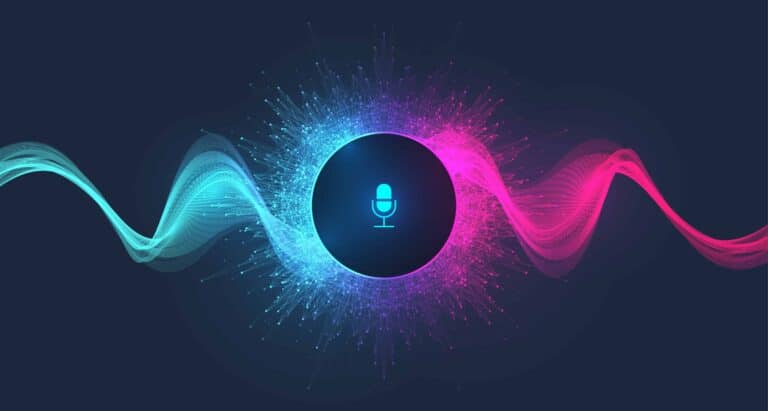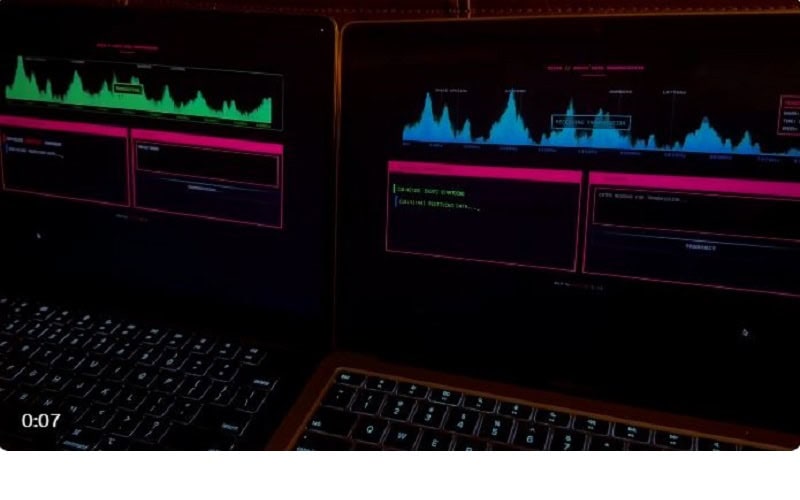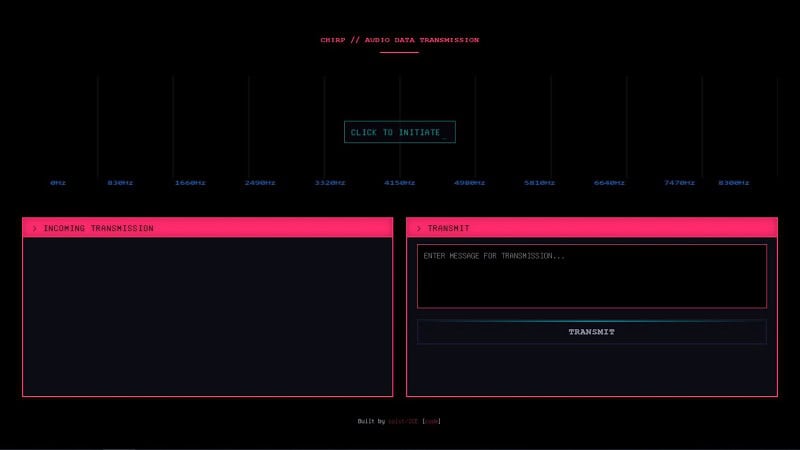Different audio tones can now be used to send data over a (very) short distance between devices. The “Chirp” project makes this possible with an open-source tool available online and via GitHub.
With Chirp, developed by cybersecurity researcher solst/ICE, users can send data using different audio tones. Think, for example, of sending short-distance text messages between devices, such as between PCs and smartphones. The prerequisite is that the devices have microphones.
Chirp’s idea came after the researcher saw two LLMs talking to each other using so-called “ggwave”-generated audio signals. ggwave is a compact “data-over-sound” library that enables the sending and receiving of short data messages via sound waves.
Chirp converts each character into a specific sound frequency and plays it back with real-time visualization. Another device with a microphone and the open-source tool can capture this sound and convert it into text.
Limitations though
Chirp offers possibilities for short-range, offline and low-power use cases, but unfortunately, it also has limitations. Background noise makes the tool practically unusable for real-world applications due to interference.
Another practical obstacle is that the tool stops “listening” to messages while transmitting. Thus, anything received during transmission is lost. If a 100-word message takes about 70 seconds to be sent, this can be a problem.
Furthermore, Chirp does not currently have error correction and redundancy functionality. As a result, the error rate can be very high when there is too much background noise or the speaker’s sound is not high enough.
Not a new idea
Transferring data via sound is not a new idea. In the early days of the consumer computer age, for example, various audio signals were sent via radio as “programs” that listeners could record onto a cassette tape. These tapes could then be linked to a computer, which loaded the program.
Transferring data using a speaker and a microphone is also not new. In 2018, for example, Israeli researchers used this concept to carry out a malware attack, “MOSQUITO.”
In 2020, Chirp.io, which has been owned by Sonos since 2020, also developed a similar technique. This enabled seamless device-to-device communication without wireless connections.
Future plans
Facing BleepingComputer, researcher solst/ICE says he wants to develop his tool further. The next step is to experiment with hypersonic sounds, which allow the exchange of messages through inaudible frequencies. This will make Chirp more hidden.
Chirp is now available for free as an online tool and as a standalone application on GitHub. Users need not worry about privacy when using the online tool. It is hosted on GitHub Pages, and all functionality takes place at the user’s end; data is never sent to a server.


